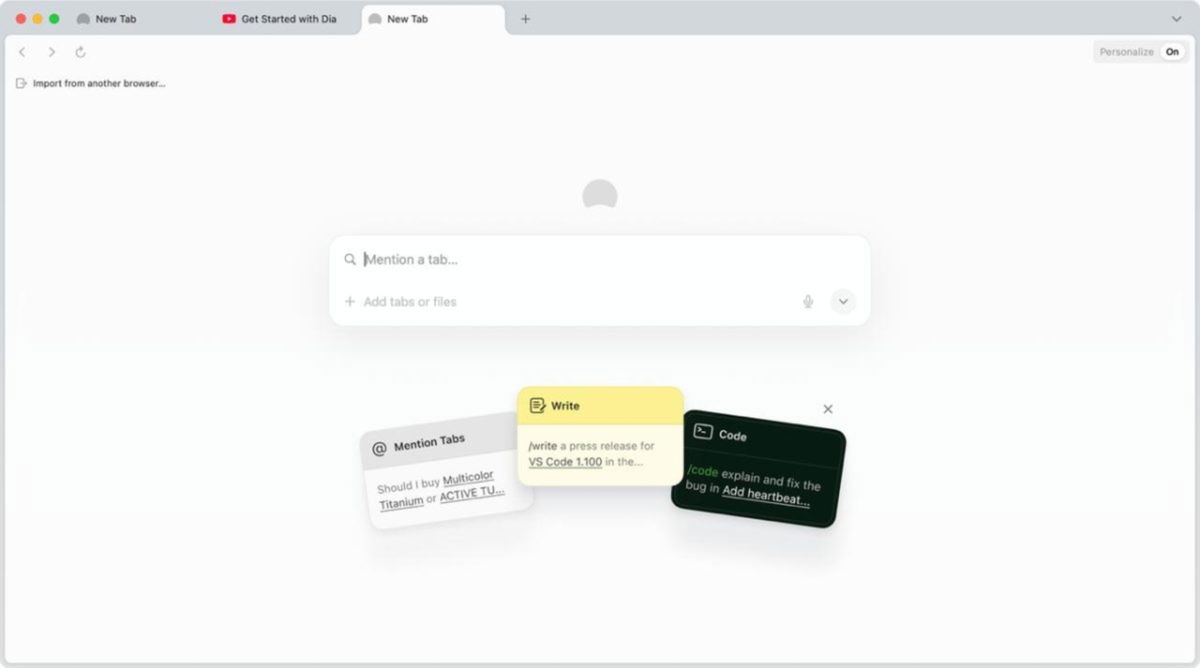Recently, the term “deepfake” has been making headlines. It’s a technology that uses artificial intelligence to create realistic but fake videos or images. Deep learning algorithms process large amounts of data and synthesize new visual material based on it, creating the illusion that the person in the video is saying or doing something that isn’t actually happening.
The most popular use of deepfakes is to replace faces or alter speech in videos, which makes the fake incredibly convincing. To create such material, neural networks, such as generative adversarial networks (GANs), are used. These networks consist of a generator that creates fake images and a discriminator that tries to detect them. This process continues until the fake is of such high quality that it is indistinguishable from the real thing.
While deepfakes are often viewed negatively, the technology also has legitimate and beneficial applications. For example, in the film industry, deepfakes can be used to “revive” actors who have long been dead or to portray a character. The technology is also used in education to create realistic simulations, for example in medical or security services. However, despite their positive aspects, deepfakes can also pose serious threats, such as the creation of fake pornography or fraud using fake voice calls, which can lead to financial losses and reputational damage.
Source: Ferra
I am a professional journalist and content creator with extensive experience writing for news websites. I currently work as an author at Gadget Onus, where I specialize in covering hot news topics. My written pieces have been published on some of the biggest media outlets around the world, including The Guardian and BBC News.











